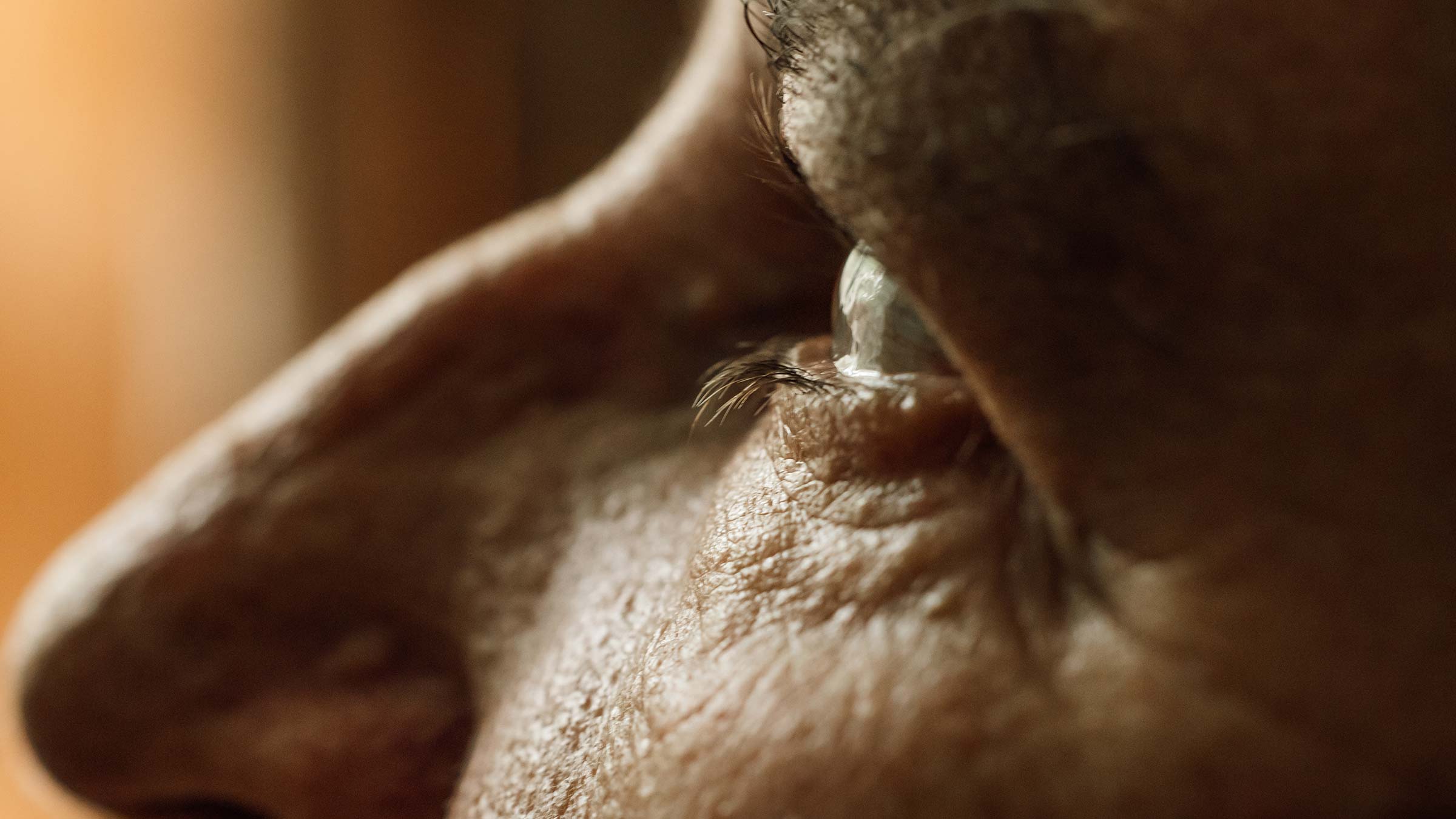
Age-related macular degeneration (AMD) has two types — “wet” and “dry.” Currently, the only treatment for wet macular degeneration is an eye injection that blocks activity of VEGF, a growth factor protein that contributes to the formation of abnormal blood vessels in macular degeneration.
The problem, says Nagaraj Kerur, DVM, PhD, associate professor of Ophthalmology and Visual Sciences at The Ohio State University College of Medicine, is that people typically stop responding to that treatment after about two years, and they develop scarring under the retina.
Dr. Kerur and other scientists recently determined in a study published in Biochimica et Biophysica Acta – Molecular Basis of Disease that, in mice, there is another element causing abnormal blood vessel growth in wet AMD: an enzyme related to cell growth and division. So, an experimental drug that targets that enzyme was able to reduce that abnormal growth in mice.

The future of medicine is at Ohio State
Our innovative curriculum, life-altering biomedical research and unsurpassed patient care make us one of the top medical schools in the country.
Explore our programs



